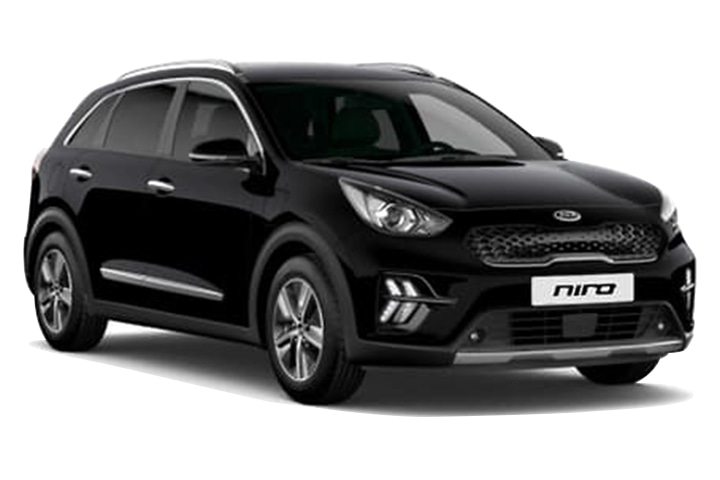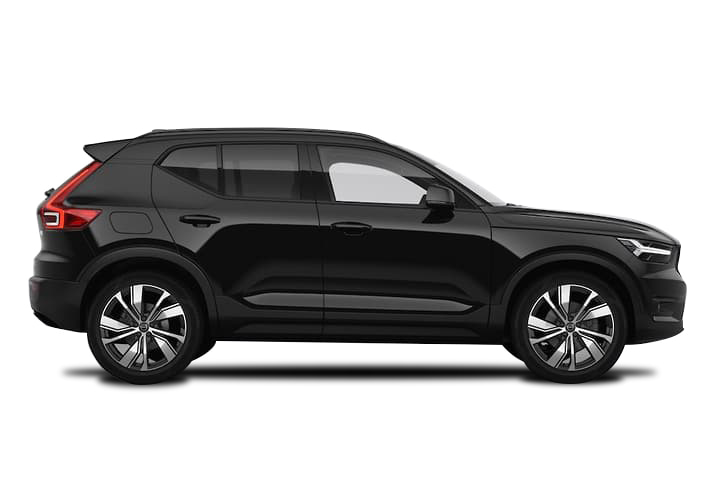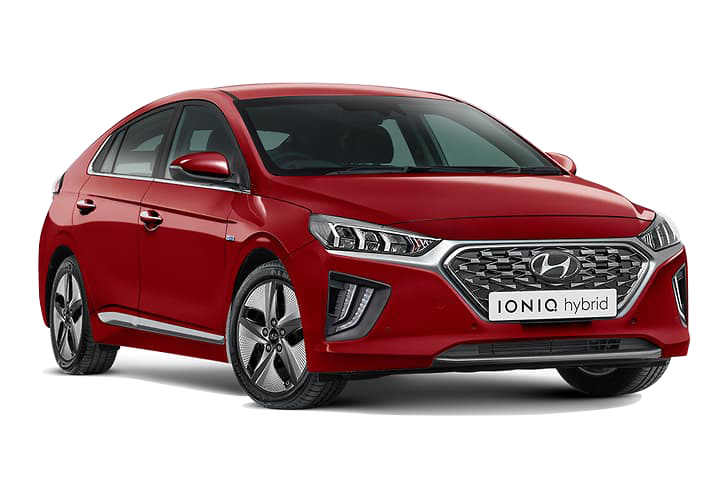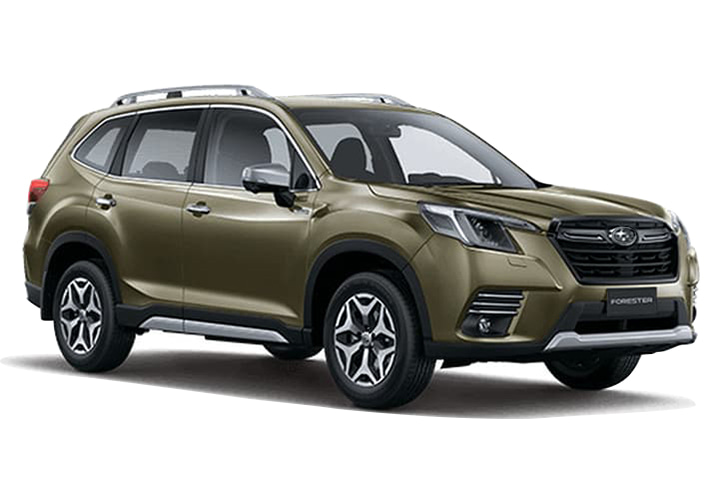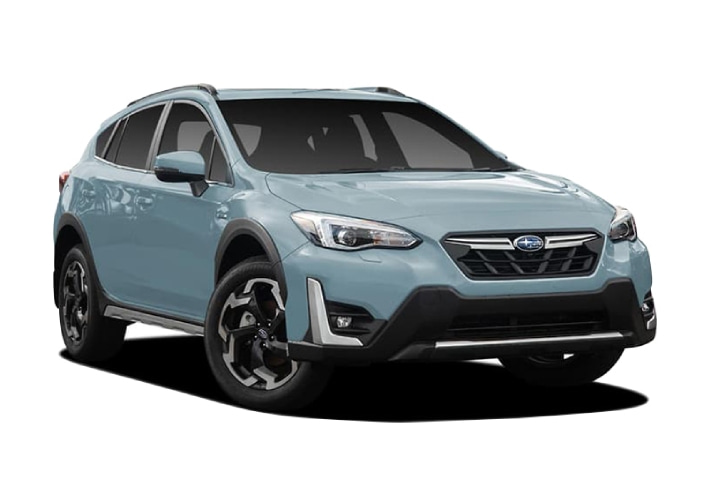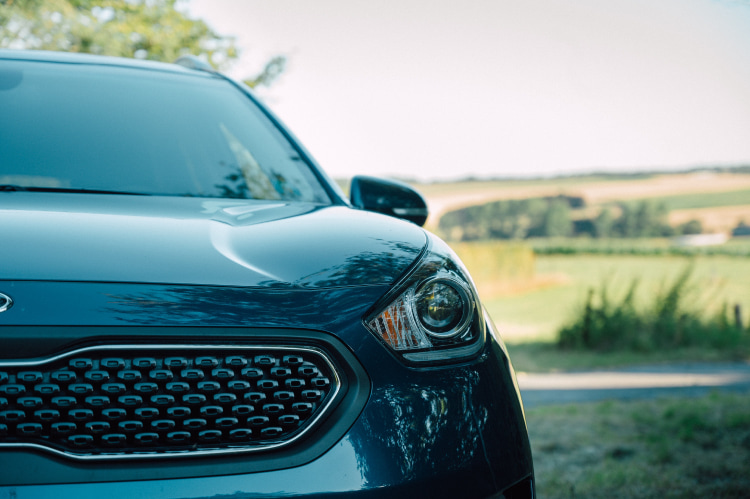Hybrid electric vehicles continue to surge in popularity as buyers consider more efficient, eco-friendly options.
According to the Federal Chamber of Automotive Industries (FCAI), sales for hybrid vehicles increased year-on-year by 93.7% in 2020. It’s clear that the electric trend is here to stay and a hybrid might be the perfect stepping stone before taking the leap towards a fully electric vehicle, but what exactly is a hybrid vehicle? And could they be the perfect new addition to your garage?
What is a hybrid vehicle?
A hybrid vehicle is one that combines a petrol or diesel engine with an electric motor. Think of them like a halfway point between fuel-powered cars and electric cars. They typically run on electric power until the battery is nearly depleted, and then they automatically switch over to use the internal combustion engine.
Hybrid vehicles come in two varieties – plug-in and non-plug in. As the name suggests, the first kind can be plugged into an electric outlet to recharge their batteries.
Some popular plug-in hybrid models to consider:
Mitsubishi Outlander PHEV ES
MY21
Volvo XC40 Recharge PHEV
MY22
Mitsubishi Outlander PHEV ES MY21
Volvo XC40 Recharge PHEV MY22
Non-plug-in hybrids are charged by the engine when driving, either when idling or on the move, or through a process called regenerative braking – where energy is captured when the vehicle slows down and is turned into electricity.
Some popular non-plug in hybrid models to consider:
Hyundai IONIQ Hybrid Premium
MY22
Subaru Forester S5 Hybrid L
MY22
Hyundai IONIQ Hybrid Premium MY22
Subaru Forester S5 Hybrid L MY22
What are the benefits of a hybrid car versus a normal petrol or diesel car?
1. Fewer harmful emissions
By burning less fuel, hybrids also emit fewer carbon and nitrogen oxide emissions, making them an economical and cleaner vehicle to run. They are suitable for city driving, where heavy traffic means the vehicle is more likely to rely on its electric motor.
2. Efficient to run
Since the electric motor drives the wheels for part of the time, hybrids consume less fuel than conventional fuel-powered vehicles – meaning you’ll be able to go further, for less.
3. Quieter, smoother drive
Electric motors are almost completely noiseless and thus quieter than an engine, as well as smoother in operation, improving ride comfort.
4. Fast power delivery
The addition of an electric motor provides a useful extra amount of power and torque, for strong acceleration and throttle response.
How does a hybrid car compare to a fully electric vehicle?
1. No range anxiety
Hybrids are able to use their internal combustion engines to keep the batteries topped up, so you won’t have to worry about where your next charge is coming from or getting stranded somewhere.
2. Added convenience
Some hybrids don’t need to be parked and plugged in to recharge, meaning you can spend less time waiting around at home or at a public charging station and more time behind the wheel.
3. No battery power? No problem!
It’s business as usual if you run out of battery power, as the engine kicks in to assist with driving the wheels and recharging the battery pack.

